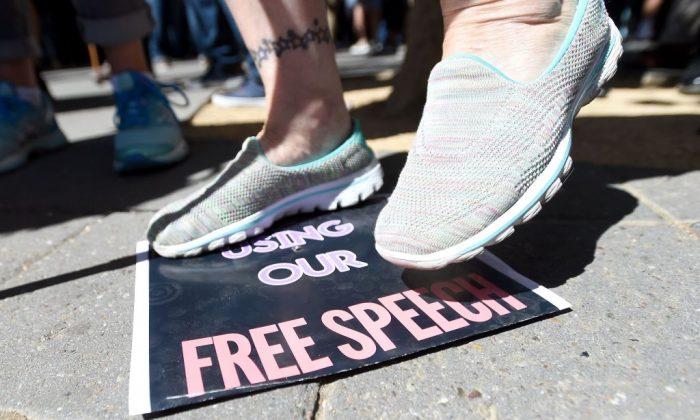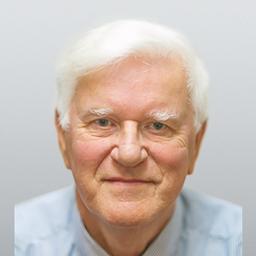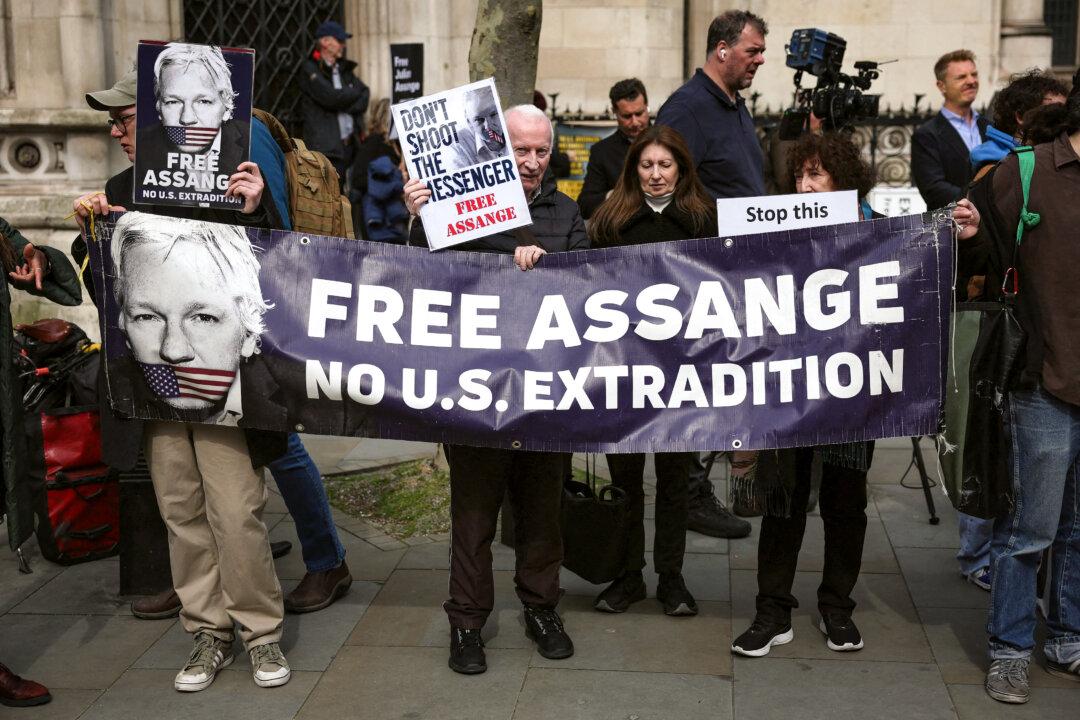The Australian Minister for Education and Youth, Alan Tudge, reported on Oct. 13, 2021, that all 41 universities in the country have now adopted policies to strengthen and protect free speech and academic freedom.
Specifically, most have adopted a slightly modified version of the Model Code as revised by the Chancellors’ Council Working Group. The council has also undertaken that their universities will report every year on the implementation of the code.

But, since World War II, there have been many documented violations of an academic’s free speech throughout the world.
Since then, universities have adopted and implemented restrictive speech codes to ensure that academics refrain from speech that could be interpreted as insensitive to minority students.
Has the adoption of the Model Code changed this narrative?
The Model Code defines “academic freedom” as “the freedom of academic staff to teach, discuss, and research and to disseminate and publish the results of their research.” “Speech” includes “expressive conduct including oral speech and written ... works.”
The code refers to the “paramount value” of free speech and to academic freedom as a “defining value.” It also affirms “the importance of the university’s institutional autonomy under law in the regulation of its affairs.”
Although no reports on the implementation of the code are yet available, it is nevertheless possible to rely on the language used in the code to ascertain its usefulness as a freedom-enhancing mechanism.
In its definition, the code provides that it supports reasonable measures to prevent a person from using “lawful speech” that a reasonable person would regard as, in the circumstances, likely to humiliate or intimidate others, and with the intention to.
It goes on to say that the university’s duty to foster the wellbeing of staff and students does “not extend to a duty to protect any person from feeling offended or shocked or insulted by the lawful speech of another.”
These passages in the code are problematic. First, they refer to “lawful” speech, which is deemed by a reasonable person as likely to humiliate or intimidate another person. Thus, the code does not protect all “lawful” speech.
Also, the reference to a “reasonable person” is unhelpful because the code does not define that person. As the concept of the “reasonable person” is vague, it could easily be manipulated for the purposes of limiting an academic’s freedom, provided the speech is intended to have the effect to humiliate or to intimidate.
However, the view that lawful speech should not be used to intimidate or humiliate may be incompatible with the reassurance that the code does not protect a person from feeling offended, shocked, or insulted by the lawful speech of another.
The incompatibility arises when persons who are offended, shocked, or insulted, also feel humiliated and intimidated. A feeling of humiliation or intimidation is subjective in nature, and it would be difficult to disprove the allegation that the impugned speech intended to humiliate or intimidate.
Thus, subject to the validity of this point, the code is nothing more than a rehash of the old restrictive speech codes, according to which staff members are expected to refrain from comments that might affect the sensitivities of minority students.

Every member of the academic staff and every student enjoy academic freedom subject only to “the reasonable and proportionate regulation necessary to the discharge of the university’s teaching and research activities,” and “the reasonable and proportionate regulation to enable the university to give effect to its legal duties.”
As the “reasonableness” and “proportionality” of a regulation is likely to be determined by university administrators, the usefulness of the Model Code for the protection of academic freedom and free speech is questionable.
Provision (6)(c) of the Principles of the code stipulates that universities have the right to refuse permission to any invited speaker to speak “where the content of the speech is, or is likely to, ... prejudice the fulfilment by the university of its duty to foster the wellbeing of staff and students.” And by virtue of provision (6)(d), free speech can be abrogated where the content of the speech falls “below scholarly standards to such an extent as to be detrimental to the university’s character as an institution of higher learning.”
The code thus justifies the suppression of speech whenever its content prejudices the interests of the university under the circumstances described in the code. In such a case, there is no difference between the universities’ restrictive speech codes of the past and this Model Code.
The restrictions on academic speech, inherent in the Model Code, are worrying, especially if university administrations were to act upon anonymous complaints by the union, or staff, or students against an academic who does not propagate the appropriate philosophies of these complainants.
There are documented cases where truly excellent academics have suffered when unfounded, malicious, and false anonymous complaints were made against them. Unfortunately, many of these unfortunate academics are conservatives, even though they were merely diligent and conscientious professionals.
The cancel culture is still rampant on Australian campuses. As a result, University administrations are often reluctant to disregard anonymous complaints and instead wrongly conclude that the alleged miscreant is guilty.
Even a basic understanding of fairness demands that an accused be allowed to face their tormentors to prepare a defence. But, unfortunately, the code will do nothing to help these academics.
The Model Code may well be nothing more than a revised Restrictive Speech code.





